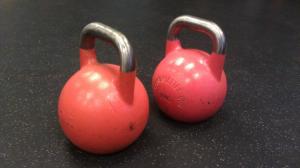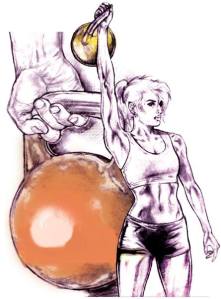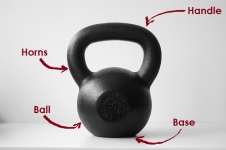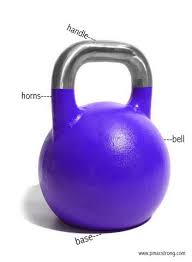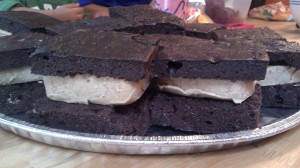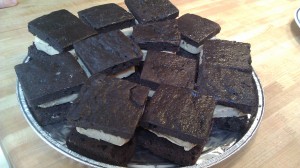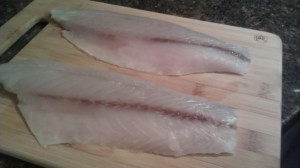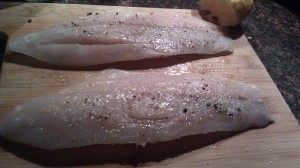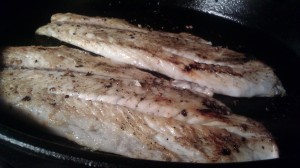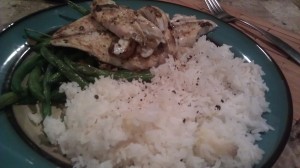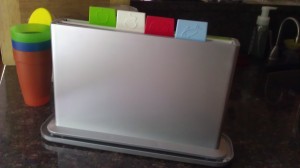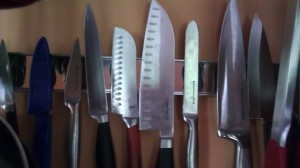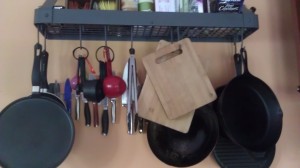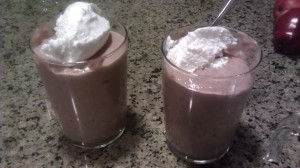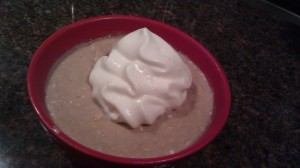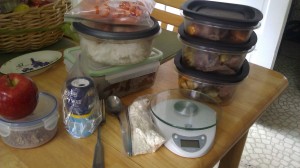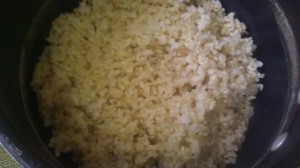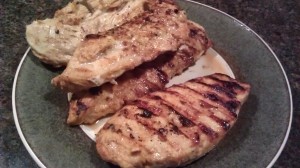Athletes of all types are using kettlebells to increase their power, conditioning, and overall performance. No other training tool allows movement through all planes of motion, helps improve mobility, and provides such efficient cardiovascular conditioning. For an athlete, the benefits of kettlebell training transfers directly into their sport. Bodybuilders, and anyone interested in aesthetics can also benefit from kettlebells. After all, better-conditioned muscles are able to perform more work during a traditional split routine workouts.
There are arguably four foundational lifts that are performed with kettlebells, in which all other lifts derive: the Swing, the Snatch, the Clean and Jerk, and the Squat. When performed correctly, they force the user to move through multiple planes of motion during each repetition. Traditional exercises with barbells and dumbbells limit the user to simply one plane of motion (usually forward and backward or up and down.) The multi-planer exercises you find in a kettlebell workout (see below) are extremely effective in developing functional strength and aerobic conditioning in a very short amount of time.
Kettlebell Workout
Perform 5 rounds, moving move from exercise to exercise without putting the kettlebell down. Use a kettlebell that weighs between 35 and 55 pounds. Rest for one minute between each round.
- 25 Kettlebell Swings
- 10 Clean and Jerk (alternating arms)
- 15 Snatches (alternating arms)
- 25 Goblet Squats
Increased mobility is an important side-benefit of kettlebell training as well. Too often, you see gym regulars walk around with horrible posture, tight lats and pecs, and poor hamstring flexibility. Regular training with kettlebells can help address these problems. The loading and unloading of the hips/hamstrings/glutes during a Kettlebell Swing will help with hamstring flexibility and postural issues. Proper “fixation” (a slight pause at the top of each repetitions) in the lockout position will help increase shoulder/wrist stability and triceps strength. Attaining full lockout positions with overhead press and snatches will improve shoulder/lat flexibility issues. The dynamics of the movements allow for improved range of motion further extending the potential of the athlete.
Lastly, kettlebells are effective at conditioning the cardiovascular system. Traditional “hamster” cardio sessions — walking on the treadmill at a slow pace — is becoming archaic. Kettlebells can take your heart rate into the 180′s in a short amount of time without the undo stress on the joints (depending on lifting style). This type of cardio is far superior to the low and slow type because it is so difficult for your body to get acclimated to the high intensity. At first, it may only take a few rounds for your heart rate to reach zone 5 or 6, but as you get more conditioned, you will need to work harder since your body can handle more work.
If you want to start incorporating kettlebells into your program, get some tips from a coach who is familiar with them. Don’t be that guy in the gym who uses kettlebells to do concentration curls. They deserve more respect than that.

